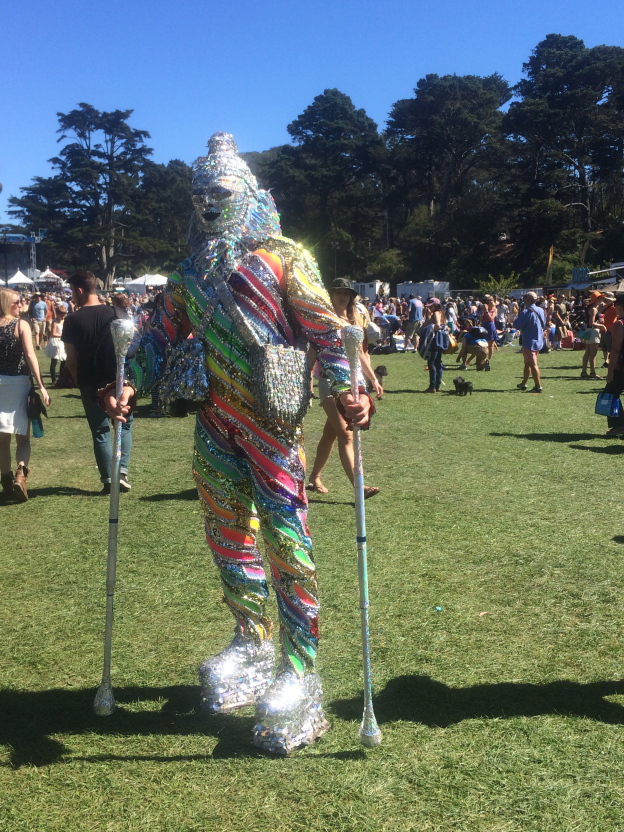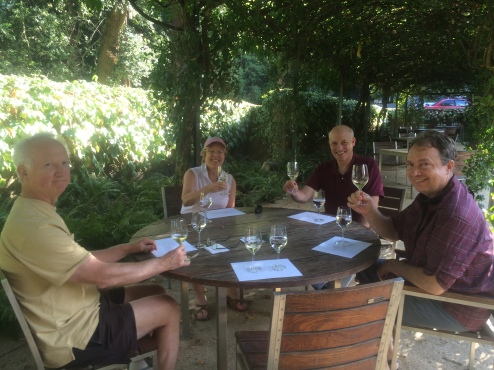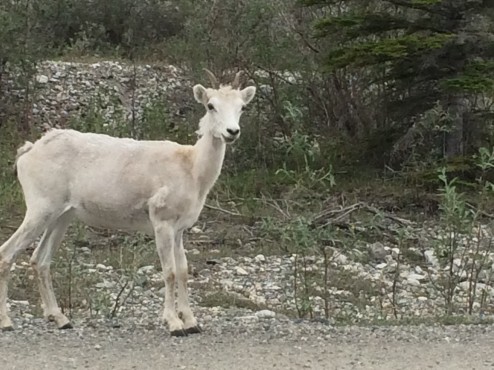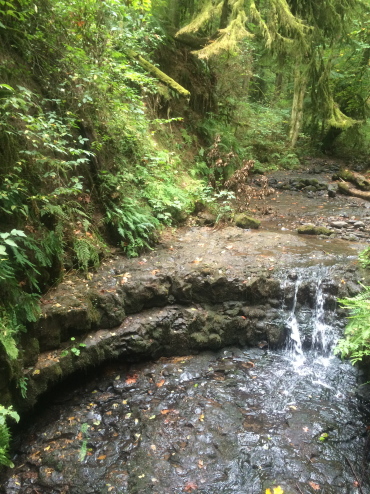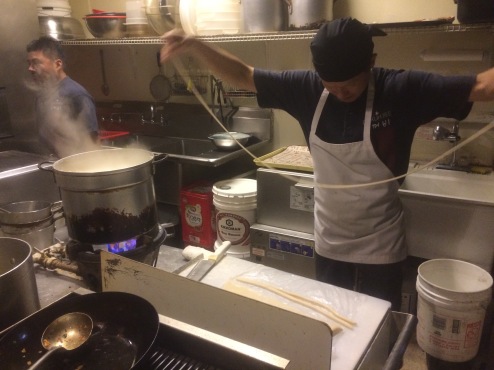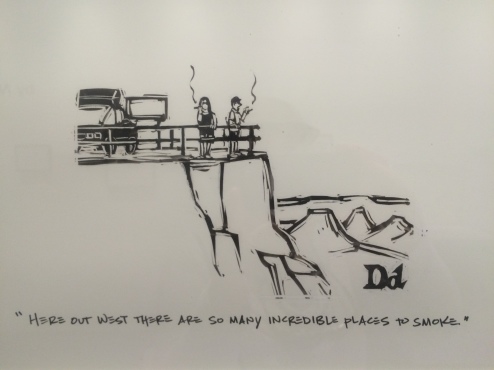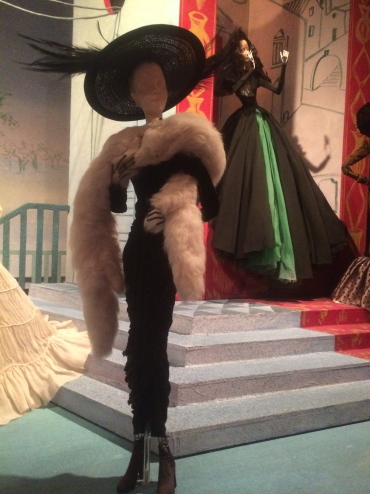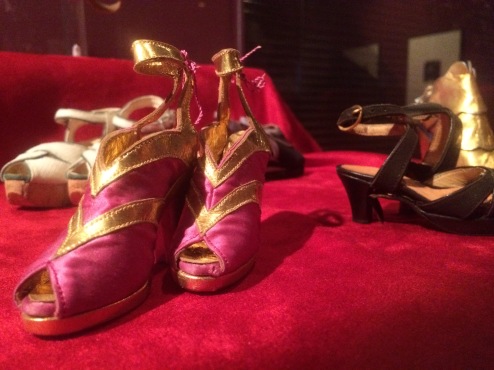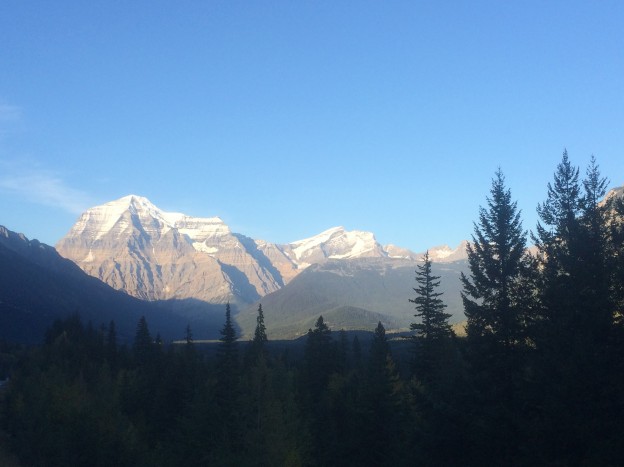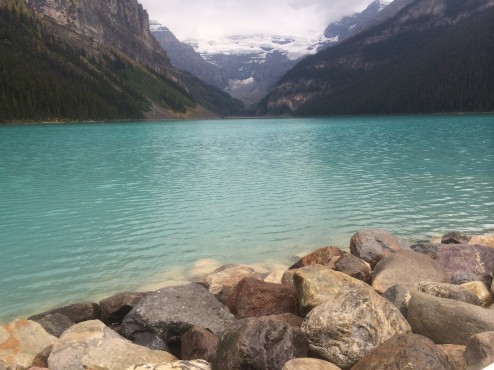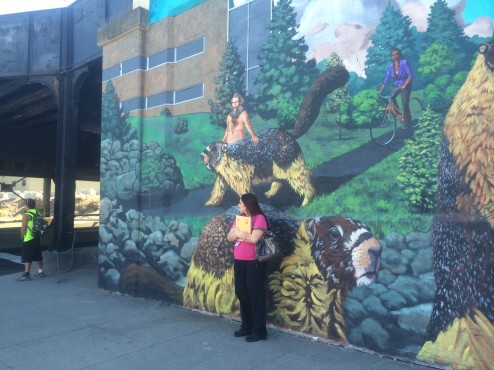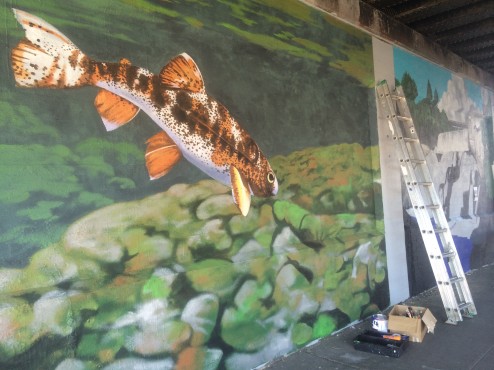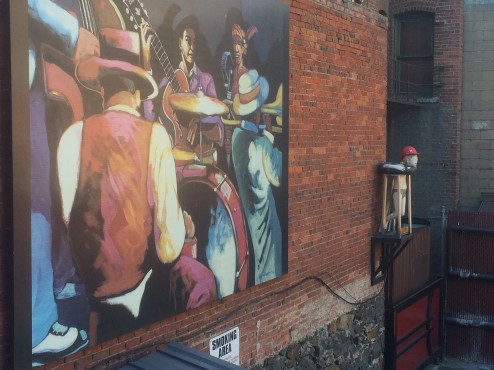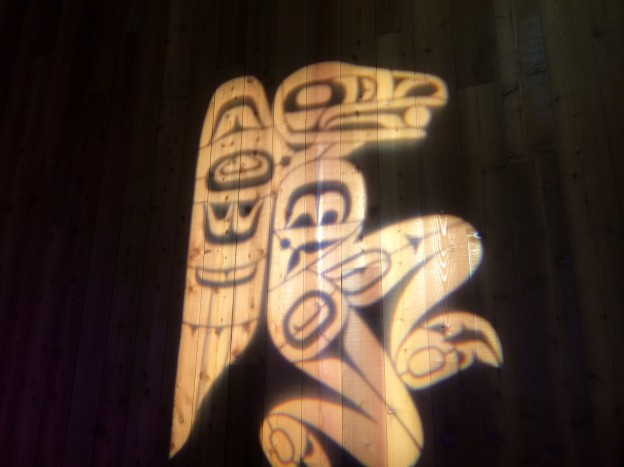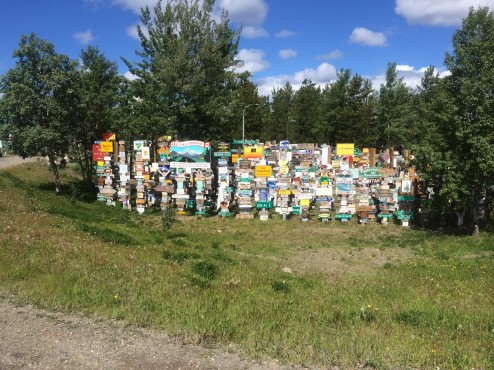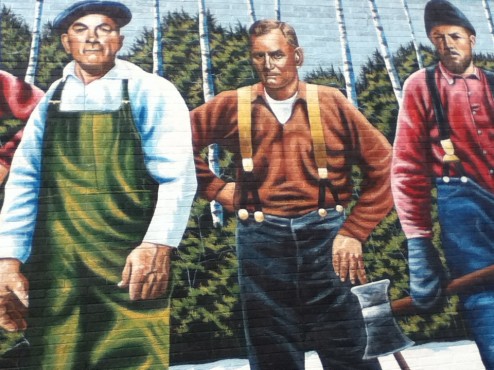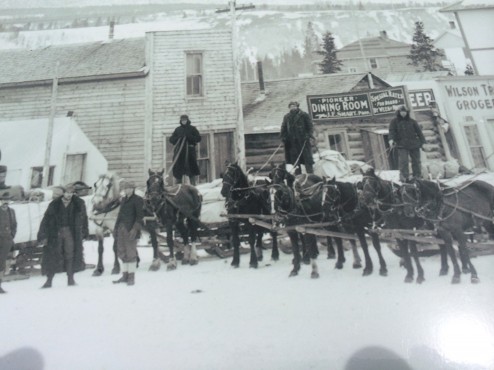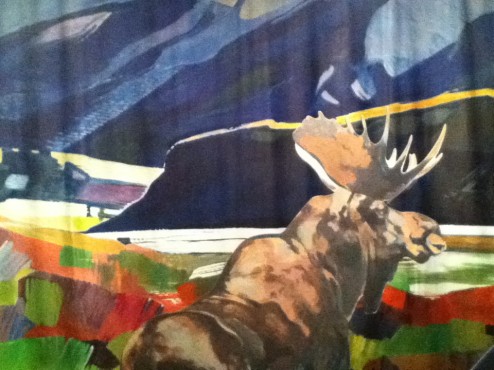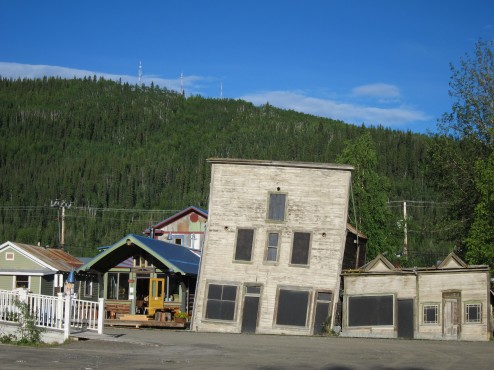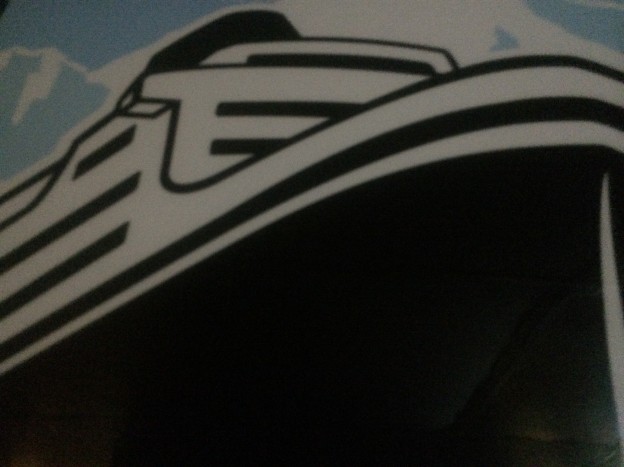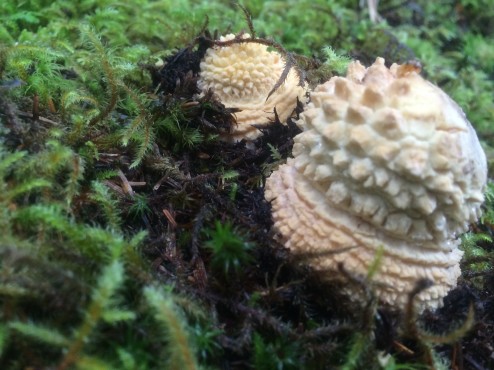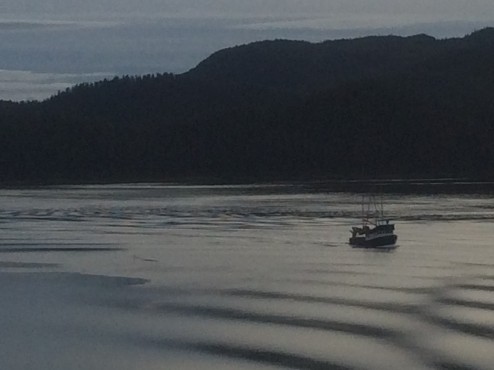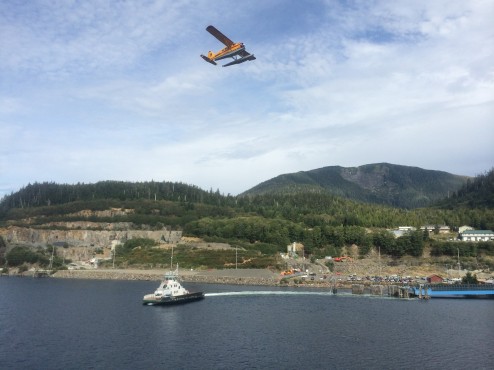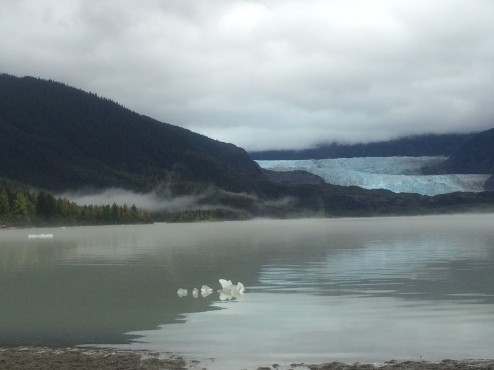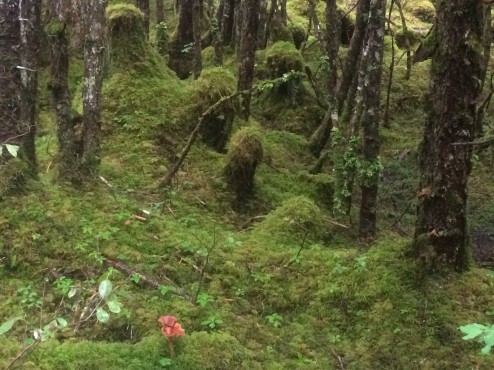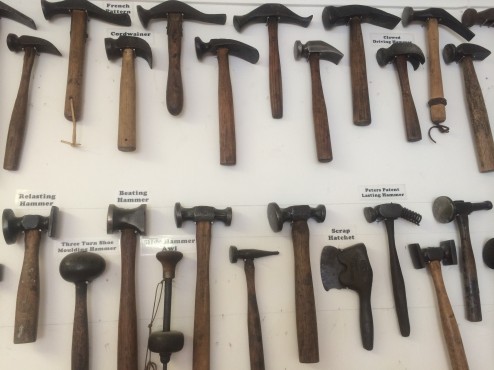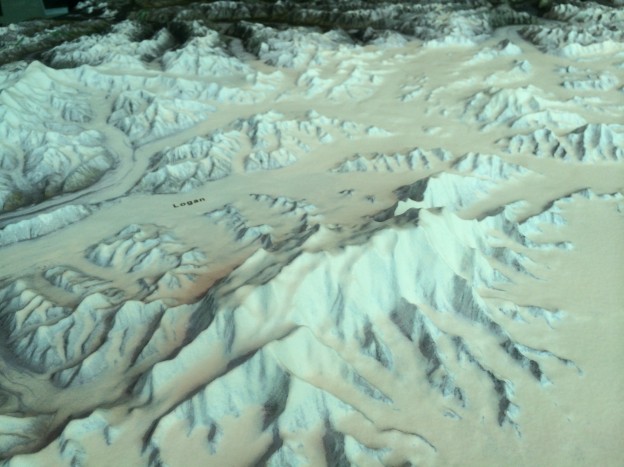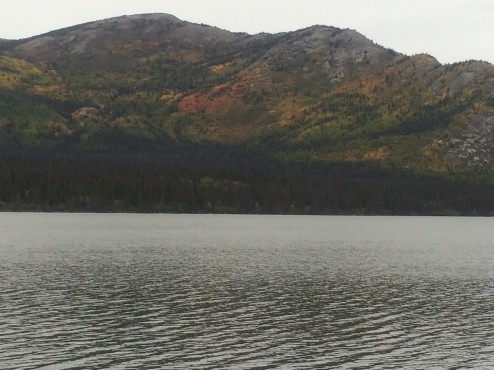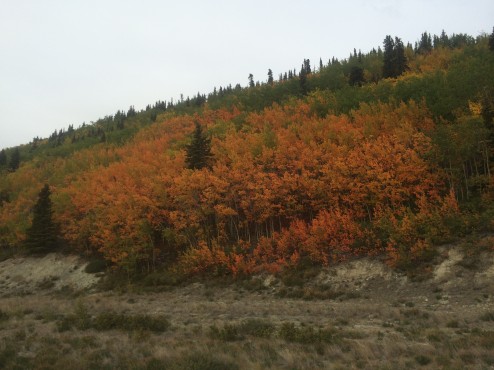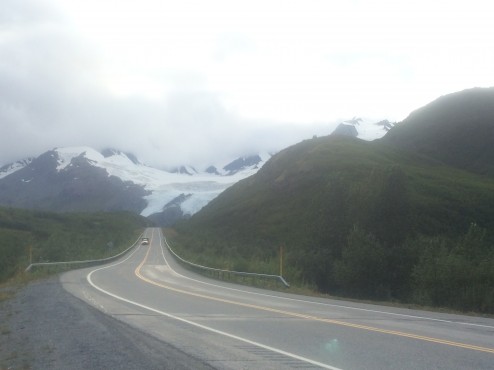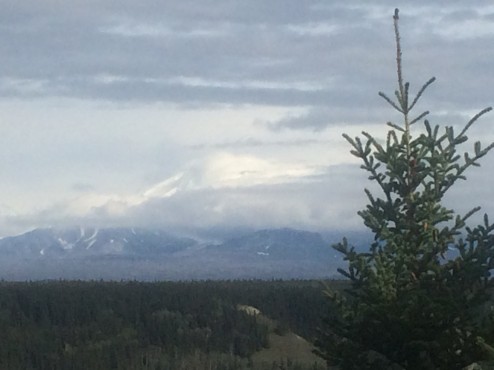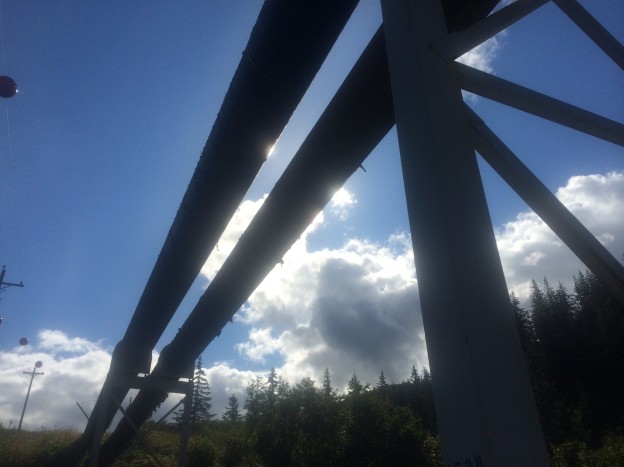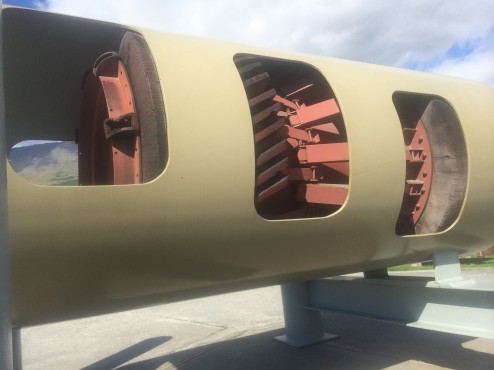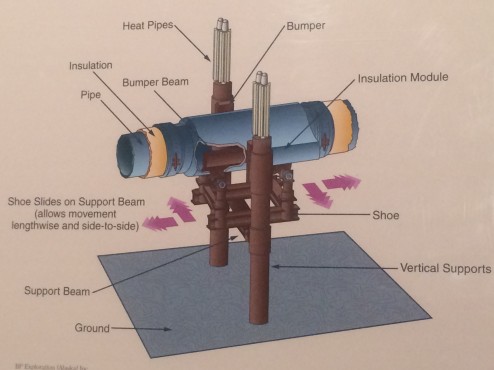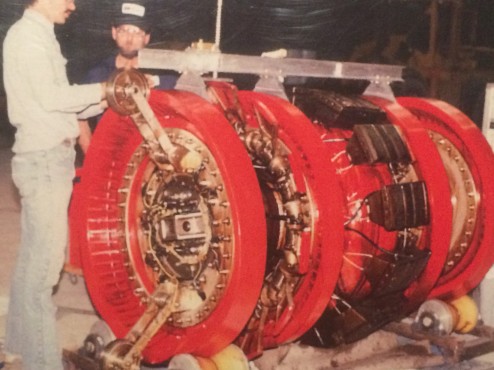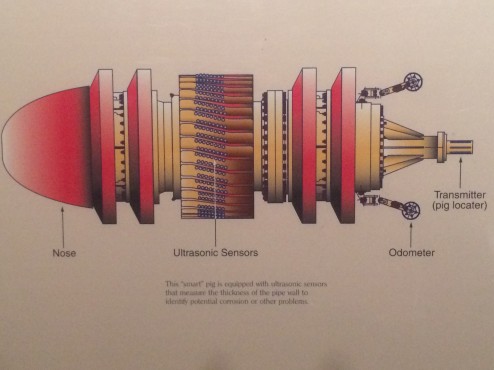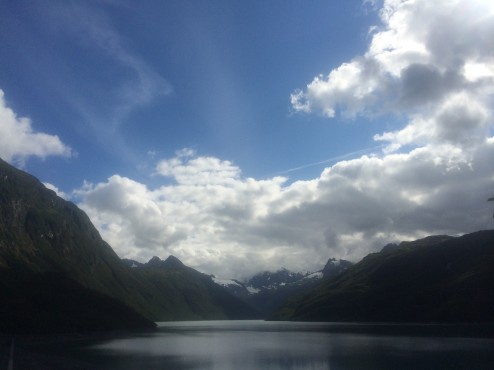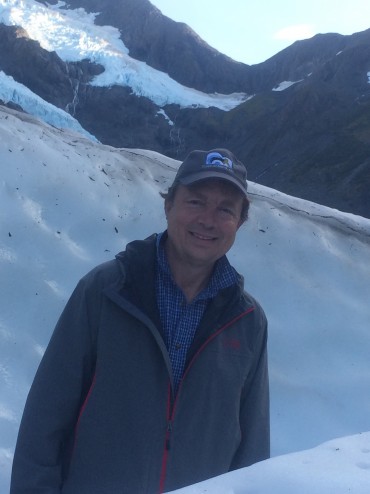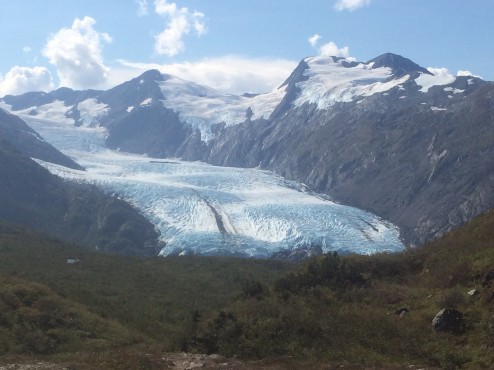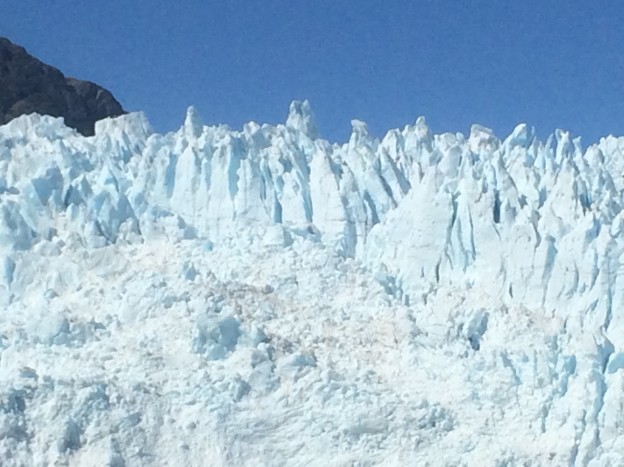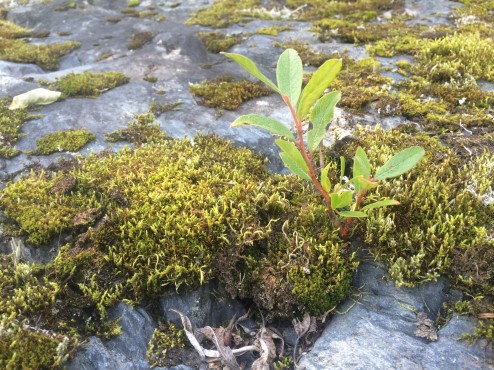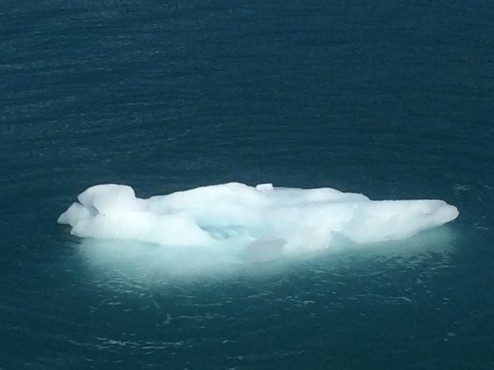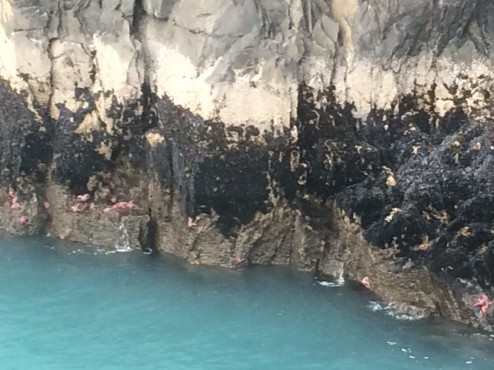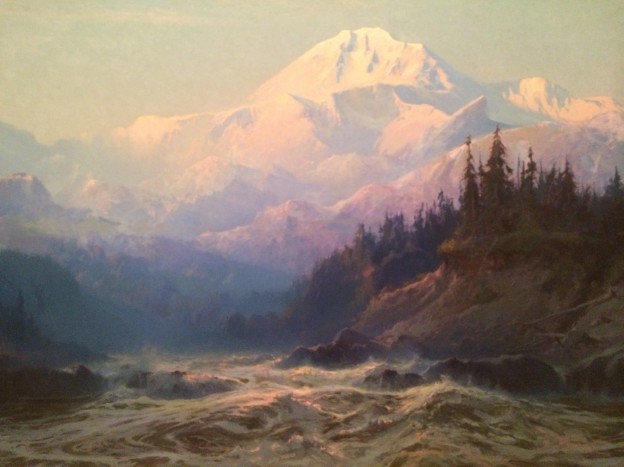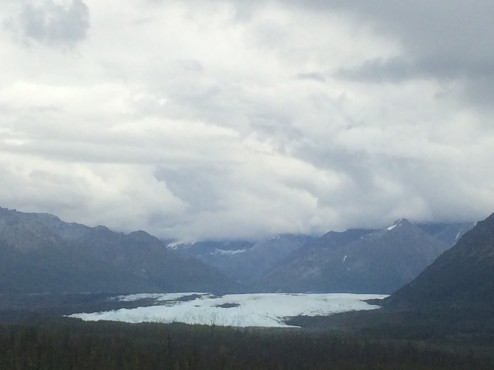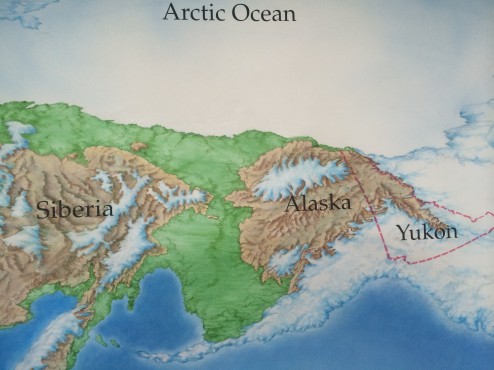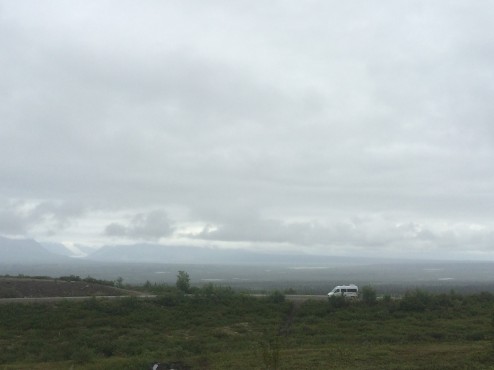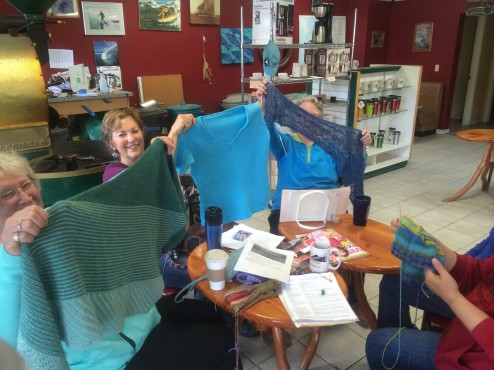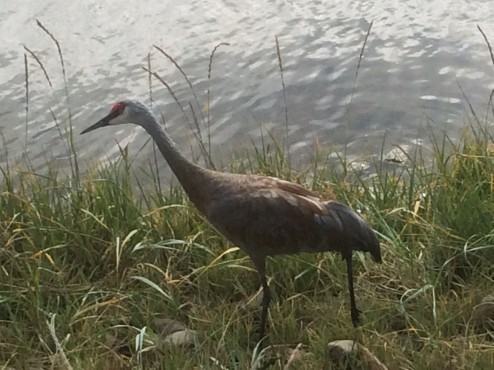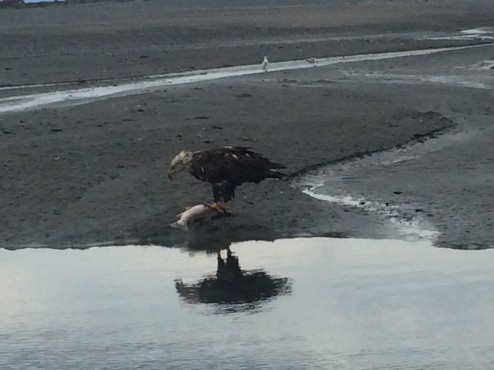First off, let us say, “Go-o-o-o Giants!” Quite fun to come home to your home team playing so well.
Our surprising allergic response to the unusual amount of dust, pollen, and other particulate matter, seems to be the only negative to coming home. We had no personal experience of intense hay fever before….Ycch! All we need is a week of hard rain to clean off the thick yellow powder covering every surface, including parts of the Bay water itself. We look longingly at Portland weather, reporting daily rain. On the other hand, San Francisco is sunny, not too hot, and provides perfect weather for outdoor activities like free concerts in Golden Gate Park (“Hardly Strictly Bluegrass” below, grooving to the Nitty Gritty Dirt Band), biking, hiking, wine tasting, and garden projects.
Shortly after our concert weekend, we spent a weekend in the Victorian home and garden (shaken but not broken, after the recent earthquake in Napa) with our buddies from San Francisco and Napa. What is not to love about the wonderful Contemporary Arts collection at the Hess Winery in Napa, and a tasting flight under the pergola (below). We all like to cook, so our “potlucks” were a showcase of great local wines, charcuterie and cheeses, breads, seafood, and homegrown produce featured in salads and fruit desserts. We remedied that glorious binge by biking with pals in Palo Alto, and a welcome return to our Albany Senior Center Yoga class. We are so grateful for our pals and neighbors, and their hospitality. Welcome home, indeed!
The downside of 4 months of Arctic travel…is the weed production and the trumpet vines’ attempt to take over the Garden. Cleaning up the yard then makes too visible, the leaky, “temporary”, but 3 year ugly, DIY storage unit. Time to remedy it with the, “8′ x 10′ Cottage with Skylights” (from a kit). We failed to notice that it would be delivered in several 500 lb. boxes…to the curb…requiring much ferrying of small portions of the kit, and twice the construction time recommended. However, we can finally secure all 4 bikes out of the weather, and provide a yoga/project area we definitely don’t have in our 296.2 sq.ft. apartment. Hammered fingers and a few cuss words aside…Bring it on! What project is next? Halloween…it is really big in our Albany neighborhood. We just hope this wonderful witchy woman will step up to run in the next Presidential Elections.
What’s next? We leave in 2 weeks… for 2 months of travel: 1) a bike adventure in Northern Arizona; 2) a long visit and Thanksgiving with our family in Los Angeles; and 3) several weeks in San Francisco hanging out with our doggie pal ‘Karma’ while his peeps are in India. We will be home to enjoy Jacob’s Winter Break for a month. When he returns to Rensselaer (“RPI”) in Upstate New York, we will leave for 6-8 weeks in Israel and Jordan, visiting artist pals there and hiking in Petra. We know…a really rough life we live. So many fab places, cool people, and delightful dog-children…so little time! That is why we live in such a tiny space; it makes people, experiences, and travel become more important than owning stuff.

